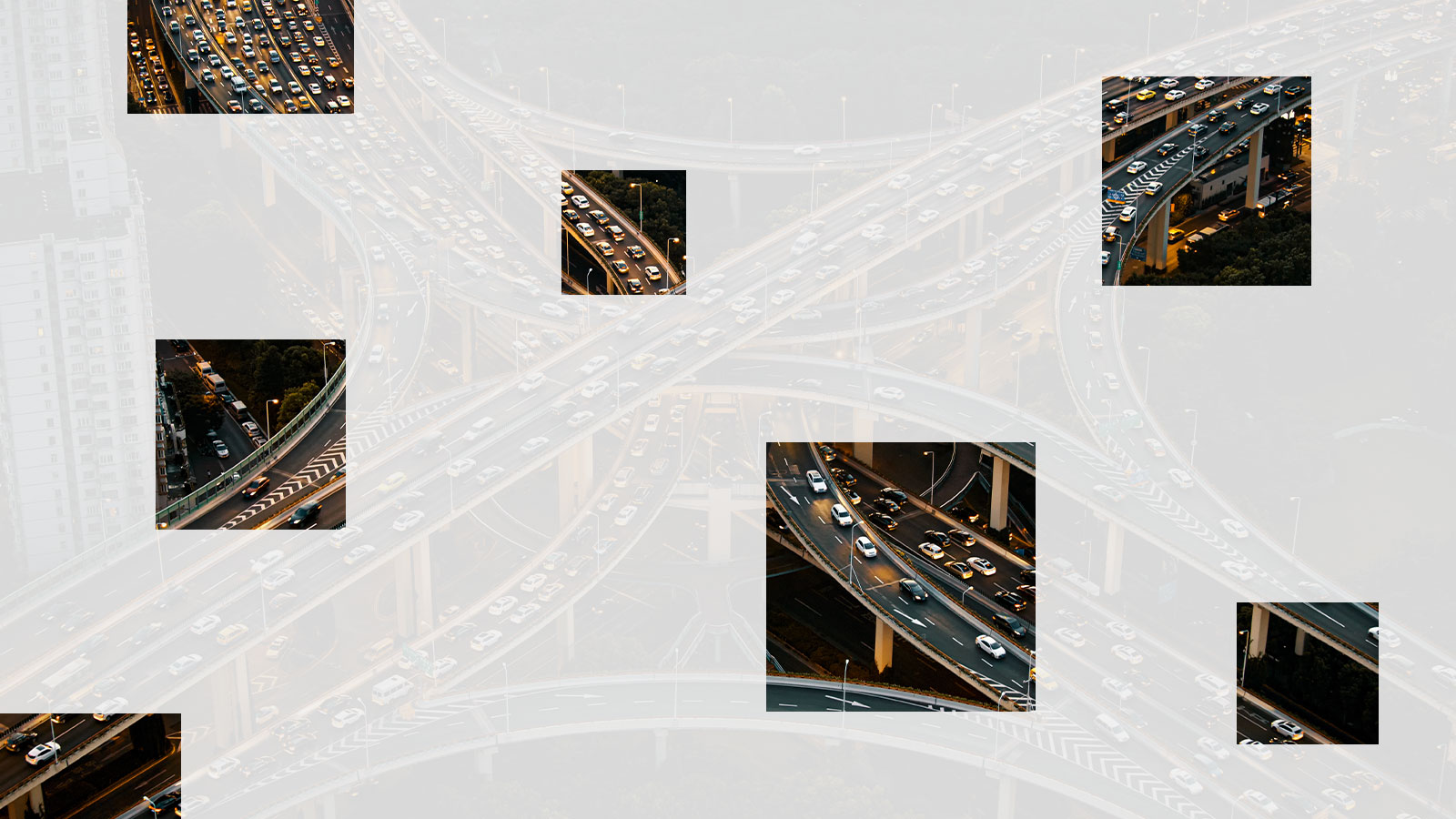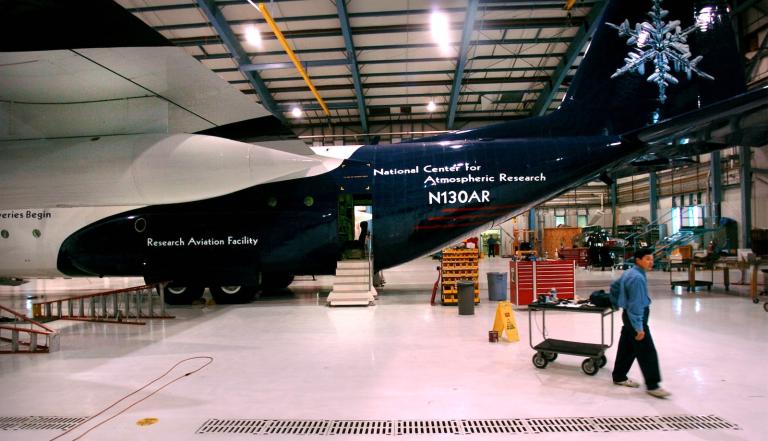As the coronavirus pandemic ravaged the country last year, then-candidate Joe Biden pushed one message again and again: “Build Back Better.” The phrase now lends its name to the White House’s massive, multi-pronged proposal to help the country recover from the COVID-induced recession, tackle climate change, and bring the country’s railroads, bridges, and water pipes into the modern era.
But what if this ambitious plan misses an easier opportunity: remove what isn’t working? The Biden administration’s slogan reveals something about how people normally go about trying to improve the world — they’re driven by a default impulse to build big things to solve big problems.
New research suggests that people often overlook the option of getting rid of elements in favor of adding new ones, even when the simpler solution is superior. Behavioral scientists are making the case that a “subtractive” approach could be useful in tackling global problems like the climate crisis.
“Especially in this moment, there’s a strong push to focus on repairing or rebuilding existing infrastructure, which is in some ways a form of status quo thinking,” said Erin Sherman, a vice president of Ideas42, a nonprofit behavioral design firm. Sherman says that there are plenty of ways that removing infrastructure could help the environment, whether that’s taking down highways, saying goodbye to seawalls, or tearing out pavement.
For Leidy Klotz, the author of the new book Subtract: The Untapped Science of Less, the eureka moment happened several years ago when he was building a bridge out of Legos with his son, Ezra. One of the columns was shorter than the other, so Klotz turned around to grab a brick to even it out. When he turned back, Ezra had already fixed the problem, simply by taking a brick out of the longer column. Klotz, an engineering professor, started talking with fellow behavioral science researchers at the University of Virginia. He coauthored a study about those findings that was published in the journal Nature earlier this month.
Over several experiments, the researchers tested how people resolved problems with Legos, an overcrowded day-trip itinerary to Washington, D.C., and overcomplicated recipes. (How would you change a grilled cheese recipe that called for using a randomly selected additional ingredient, chocolate and vodka being among the least appealing options?) They found that people often overlook subtraction unless they are reminded or cued in some way, like telling someone that adding a block costs 10 cents, but removing one is free.
“What our paper implies is that we’re potentially missing out on an entire category of ways that we could solve problems,” said Gabrielle Adams, a professor of public policy and psychology at the University of Virginia who coauthored the study.
Klotz suggests that the old slogan “reduce, reuse, recycle” needs a 4th R: remove. “Reduce, reuse, recycle is not going to solve climate change, because you’ve already surpassed emissions,” he said. “I mean, remove should be one of the things that we consider, and should probably be the first thing we consider.”
What would that look like in the real world? It could mean adapting to heavier downpours by taking out pavement in a flood zone, or digging holes in it to allow the soil to soak up more water. That might help flood-prone, concrete-heavy cities like Houston weather more storms like Hurricane Harvey. Adapting to rising seas might mean replacing sea walls (which can erode beaches even further) with “living shorelines” made up of wetland plants, sand dunes, other natural elements. Subtraction could also mean simply removing an old, falling-apart freeway in a city, as Seattle and San Francisco did, making way for parks, public transit, or affordable housing.
It’s certainly easier to get excited about creating new, shiny, attention-grabbing technology. That’s why smart fridges exist. Klotz pointed to geoengineering — like spraying aerosols into the air to cool the planet by blocking the sun’s rays, for example — as an example of a solution that could make the situation even more complicated. “The fundamental problem with climate change is that we screwed up this big system that we don’t understand,” he said. Adding more stuff just introduces further complexity and uncertainty. “On the global scale, these subtractive solutions tend to be better.”
The real world, of course, isn’t as simple as a city built with Legos. Something that removes carbon dioxide at the global scale could actually add something at the local scale: building a carbon removal plant, for instance. “Depending on what level you’re looking at the problem, it’s either subtractive or additive,” Adams said.
Subtraction, in other words, is a compelling idea that starts to get a little muddy if you think about it too hard. But many people already understand it on a basic level. There are plenty of truisms that teach about simplicity and minimalism, like “less is more” or Occam’s razor. The famous advice from Marie Kondo, the author-turned-TV-show-host who helps organize homes and teaches people to get rid of junk, is to only keep things that “spark joy.”
The question is, Klotz said, “How can we do that for meaningful problems, not just our cluttered closet?”




